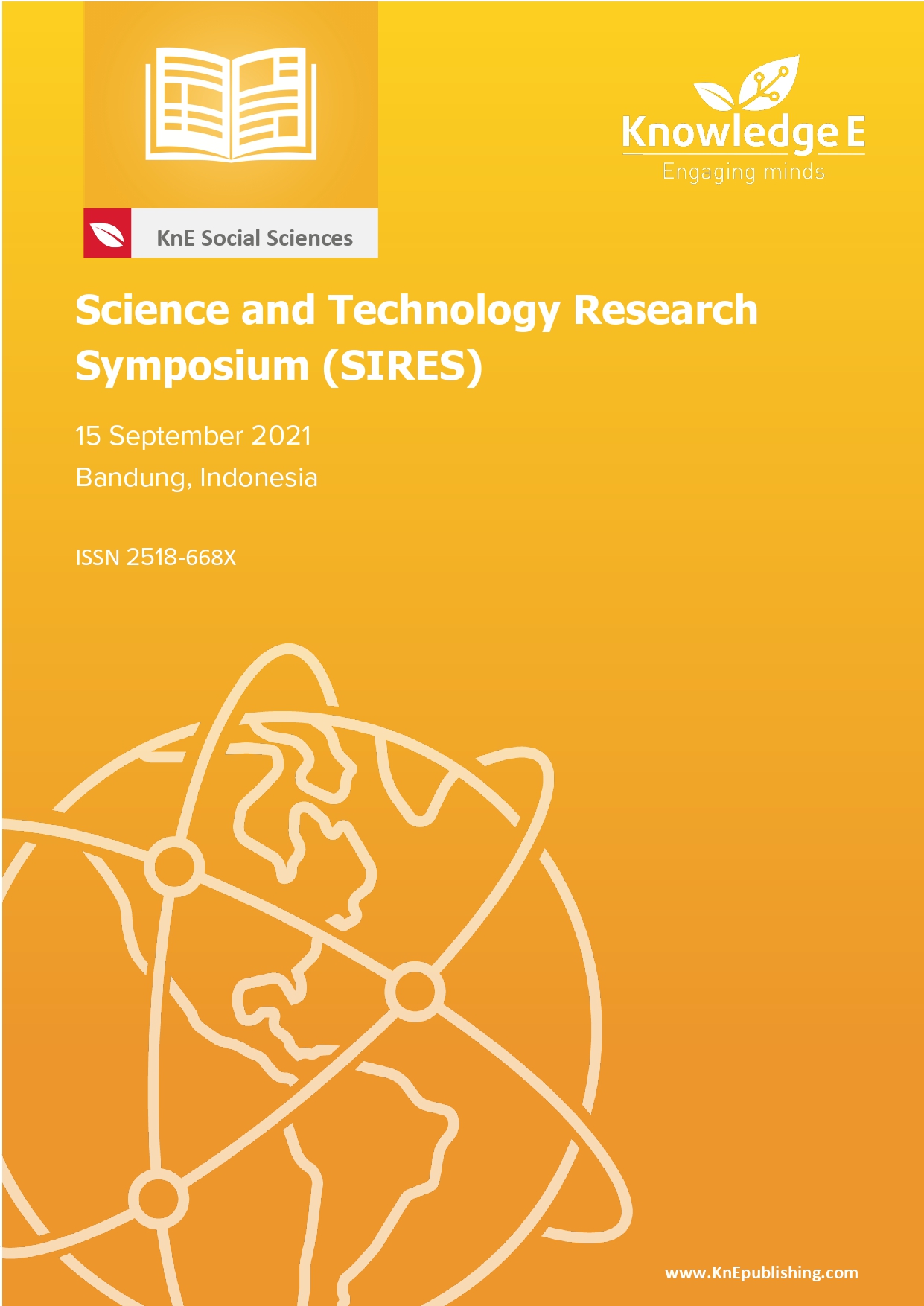Evaluation of Ergonomics and Mental Workload: A Case Study in Education Personnel
DOI:
https://doi.org/10.18502/kss.v0i0.12313Abstract
The mental workload and ergonomic aspects in the world of work have often not been considered. Although in past literature it has been stated that mental workload and ergonomic aspects have a direct impact on worker productivity. The main objective of this research is to evaluate the ergonomics aspect and measure the mental workload of the UNISBA Faculty of Engineering education staff. The method used in this study is an ergonomics evaluation questionnaire (ergonomic checklist) and a mental workload questionnaire (Nasa-TLX). The stages carried out include problem formulation, preliminary study by observing the research object, literature study, preparing questionnaires, distributing questionnaires, data processing, and analysis. The results showed that there was educational staff who were included in the category of having a very high mental workload and needed attention to ergonomic aspects, especially related to buildings (ventilation) and work organization (attention to pregnant and lactating women).
Keywords: Ergonomics, Mental Workload, work organization
References
[2] Content Manager IL. The Nature and Aims of Ergonomics. [Online]: https://www.iloencyclopaedia.org/part-iv-66769/ergonomics-52353. 2011.
[3] Elbert KE, Kroemer HB, Hoffman AD. Ergonomics: How to Design for Ease and Efficiency. United Kingdom: Deans, Matthew; 2018.
[4] Bridger R. Introduction to Ergonomics. New York; 2003.
[5] Ahmadi M, Zakerian SA, Salmanzadeh H. Prioritizing the ILO/IEA Ergonomic Checkpoints’ measures; a study in an assembly and packaging industry. Int J Ind Ergon. 2017;59:54–63.
[6] Alsuraykh NH, Wilson ML, Tennent PA. Pervasive Health. 2019;19:371–6.
[7] Toomingas A, Mathiassen SE, Tornqvist EW. Occupational Physiology. Boca Raton: CRC Press; 2012.
[8] McKendrick RD, Cherry E. A Deeper Look at the NASA TLX and Where It Falls, Human Factors and Ergonomics Society 2018 Annual Meeting: 2018.
[9] Hart SG, Staveland LE. Development of NASA-TLX (Task Load Index): Results of empirical and theoretical research. Advances in psychology. 1998;52:139-183.
[10] Hakiim A, Suhendar W, Sari DA. ANALISIS BEBAN KERJA FISIK DAN MENTAL MENGGUNAKAN CVL DAN NASA-TLX PADA DIVISI PRODUKSI PT X. Barometer. 2018;3(2):142–6.
[11] Dohrmann Consulting. What is Ergonomics? [Online]. https://www.ergonomics.com. au/what-is-ergonomics/~.2014.
[12] International Labour Office / ILO. Ergonomic Checkpoints: Practical and easy-toimplement solutions for improving safety, health and working conditions. Geneva: ILO; 2010.
[13] Vanchapo AR. Beban Kerja dan Stres Kerja. Penerbit. Pasuruan, Jawa Timur: Qiara Media; 2020.

